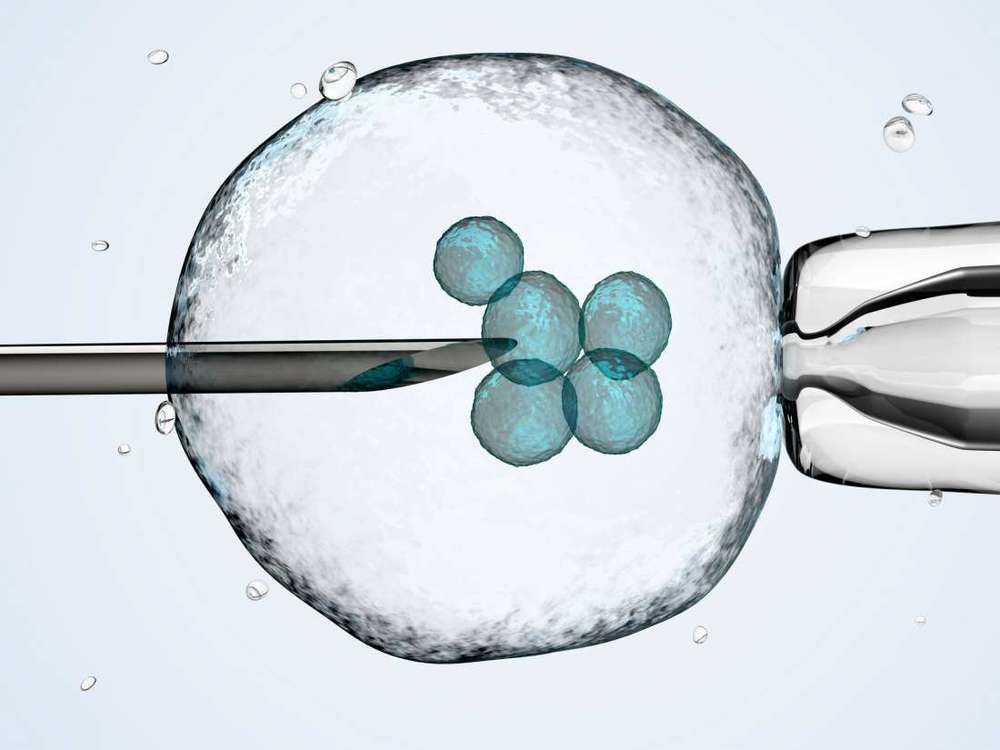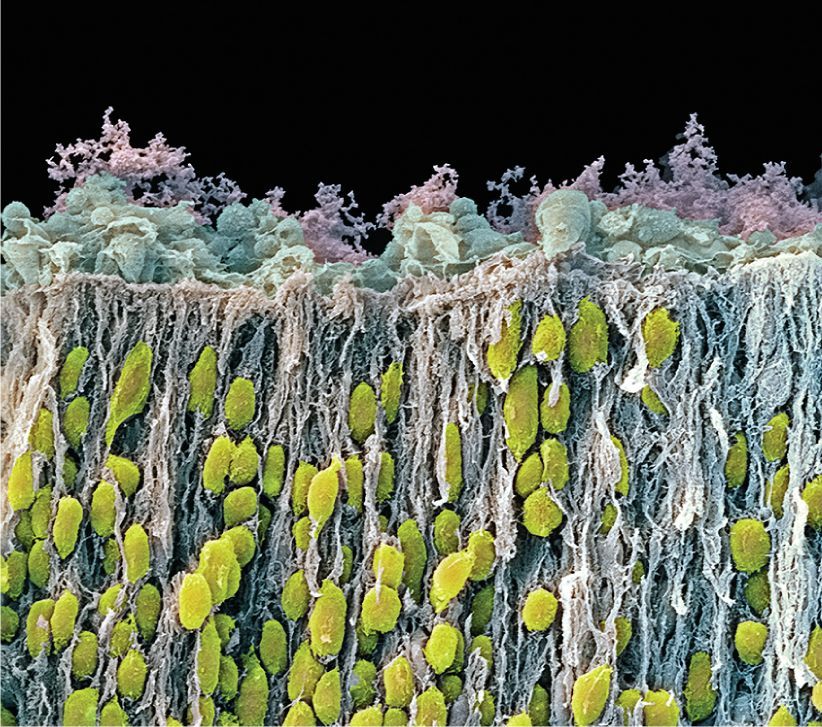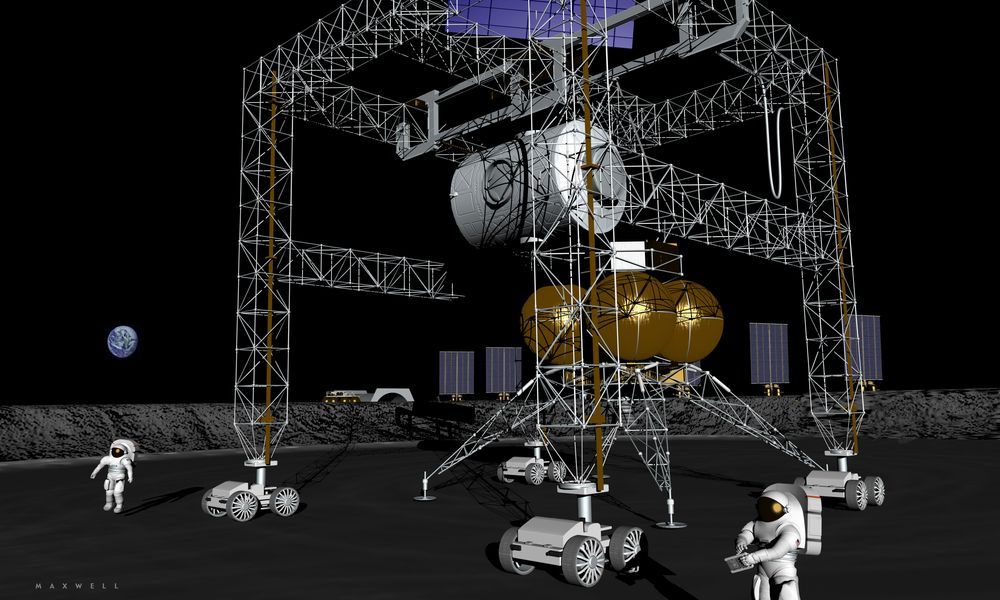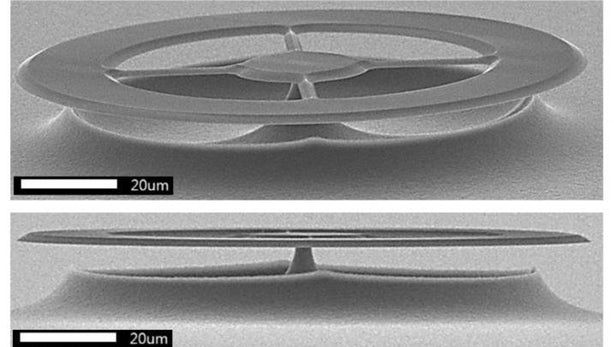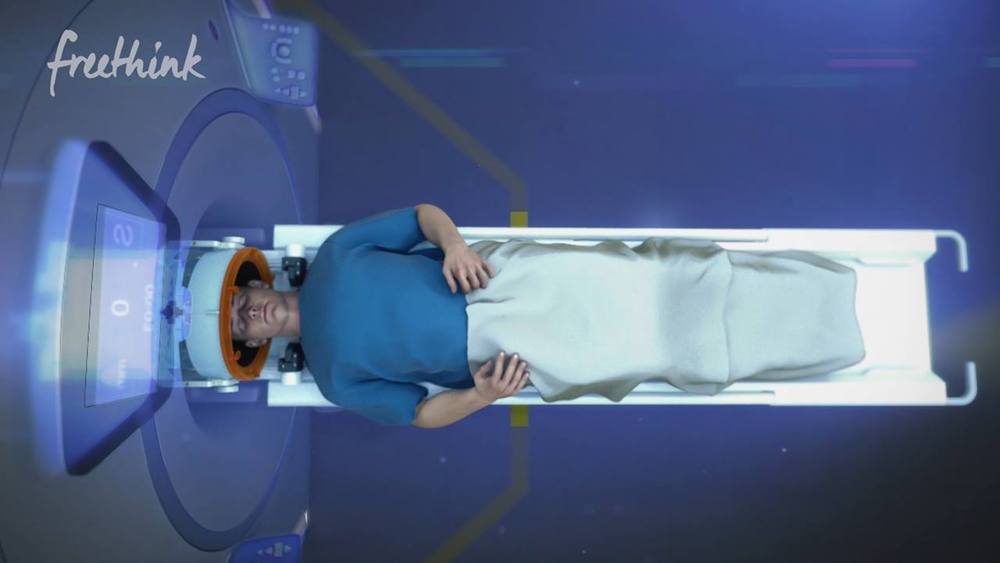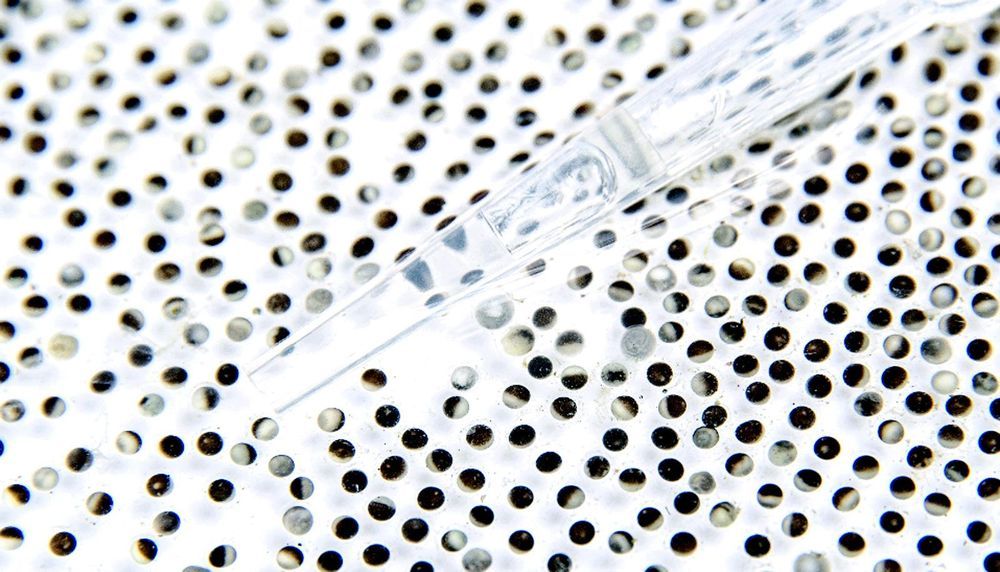Page 9148
Jan 18, 2019
Why we need fetal tissue research
Posted by Genevieve Klien in category: biotech/medical
A vocal minority in the United States is intent on stopping federal funding for research using human fetal tissue, citing stem cell–based or other alternatives as adequate. This view is scientifically inaccurate. It ignores the current limitations of stem cell research and disregards the value of fetal tissue research in finding therapies for incurable diseases. If there is to be continued rapid progress in treating cancer, birth defects, heart disease, and infectious diseases, then we need fetal tissue research.
Jan 18, 2019
The Lunar Industrial Facility and Orbital Shipyards; How to Get There
Posted by Klaus Baldauf in categories: policy, space, transportation
A Lunar Industrial Facility (LIF). Yes, a Lunar Industrial Facility. Science fiction you might say. Impossible you retort. Too expensive even if it could be done might be your rejoinder. We don’t have the technology, could be another rhetorical dismissal. These are all responses those who do not live and breath this every day may have, but these are reactionary responses that do not reflect where we are in the closing years of the second decade of the twenty first century. In this missive, which is a companion to a space policy paper released Monday August 1, 2017, is written to show that indeed a lunar industrial facility is possible, we do have the technology, and no it will not be too expensive. Furthermore, it enables something that though it would seem to be science fiction, isn’t, which is a shipyard in lunar orbit for the construction of humanities first truly interplanetary space vehicles, as well as providing the materials for very large Earth orbiting space platforms for science and commerce.
Why do we need interplanetary vehicles? We have over 9.1 billion reasons, for that is the number of humans who will be on the Earth in 2050, only 33 years from now. The greatest fear is that with only a single planet’s resources, we cannot provide for this number in any reasonable manner. This underpins most of the rhetoric today regarding resource conservation and how to confront other global problems. This is a self defeating philosophy. Rather than rationing poverty, it should be our common goal to help create a world where all of our fellow planetary citizens can live in a society that continues to progress, materially as well as morally. Our science knows beyond any shadow of a doubt now that resources many orders of magnitude greater than what are available from the Earth, exist in the solar system around us.
Jan 18, 2019
New “ultra” ultrasound is sensitive enough to hear individual bacteria
Posted by Genevieve Klien in categories: biotech/medical, electronics
Ultrasound technology has been in wide use for decades, helping submarines navigate and letting doctors non-invasively peer inside patients, but it might be about to get a whole lot more powerful. Researchers have developed an “ultra” ultrasound sensor that is so sensitive it can hear air molecules moving around or the vibrations of individual cells.
Jan 18, 2019
Stem cell therapy shows early promise against macular degeneration
Posted by Genevieve Klien in categories: biotech/medical, life extension
Age-related macular degeneration is the leading cause of vision loss in seniors, and existing treatments are few.
But now, experiments in pigs and rats suggest that stem cell therapy might help curb at least one form of the disease.
The results could soon lead to the first human trials of this therapy for macular degeneration, according to researchers from the U.S. National Eye Institute (NEI).
Continue reading “Stem cell therapy shows early promise against macular degeneration” »
Jan 17, 2019
On-chip optical link is created on electronic chip for the first time
Posted by James Christian Smith in categories: computing, internet
https://www.laserfocusworld.com/…/on-chip-optical-link-is-c…
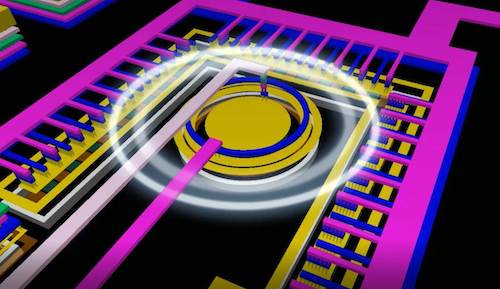
Researchers of the University of Twente (UT; Enschede, Netherlands) have, for the first time, succeeded in connecting two parts of an electronic chip using an on-chip optical link, all fabricable with standard CMOS technology — a long-sought-after goal, as intrachip connection via light is almost instantaneous and also provides electrical isolation. Such a connection can, for example, be a safe way of connecting high-power electronics and digital control circuitry on a single chip without a direct electrical link. Vishal Agarwal, a UT PhD student, created a very small optocoupler circuit that delivers a data rate of megabits per second in an energy-efficient way.
Continue reading “On-chip optical link is created on electronic chip for the first time” »
Jan 17, 2019
SuperhumanVideosBrain Surgery with Sound
Posted by Marcos Than Esponda in categories: biotech/medical, neuroscience
Jan 17, 2019
Ford Is Planning an All-Electric F-150 Pickup Truck
Posted by Genevieve Klien in categories: sustainability, transportation
Jan 17, 2019
Frog eggs reveal pathways for DNA repair
Posted by Genevieve Klien in category: biotech/medical
DNA is always getting messed up and having to repair itself. Now, researchers have figured out some of the pathways cells use to fix it.
Jan 17, 2019
Scientists Figured Out How to Separate Pain From Physical Suffering
Posted by Genevieve Klien in categories: biotech/medical, neuroscience
“We wanted to be more precise here and identify the region and the cells that are responsible for pain unpleasantness,” Scherrer tells Inverse. “We thought if we could find the center, or the cells in the brain that make pain unpleasant, perhaps acting on these cells could be a good strategy to reduce pain in chronic pain patients.”
It’s already established that the amygdala plays a role in the emotional component of pain, but this team actually found the exact cells in the amygdala responsible for those unpleasant pain messages by using a “miniscope,” a tool created by Schnitzer, and observing how mice responded to painful stimuli.
When mice in their experiment were exposed to a drop of scalding water, a given a pinprick, or asked to run along unpleasantly hot tracks, these cells in the amygdala were highly active. Importantly, Schnitzer adds, they didn’t light up when the mice were exposed to other stimuli like sugar water or a bad smell. “Every time mice were unpleased with the stimulation, we saw that these cells were turned on,” he adds.
Continue reading “Scientists Figured Out How to Separate Pain From Physical Suffering” »
